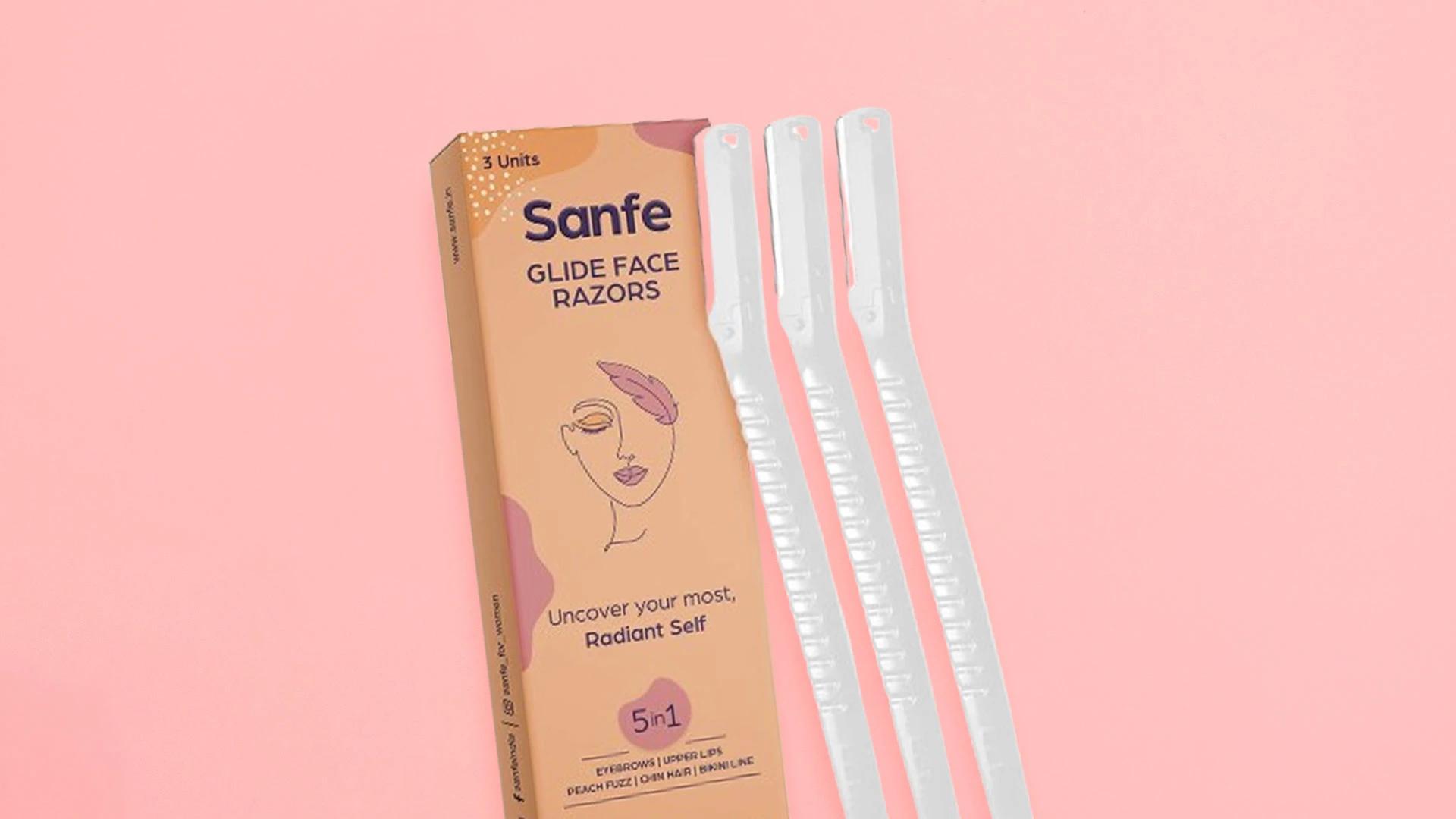Daily Care Routine
Gentle washing techniques help preserve your layers—avoid rough towel-drying that can disrupt the texture. Skip heavy conditioners on your roots, focusing instead on mid-lengths and ends. This keeps your hair from getting weighed down while still maintaining moisture.
Touch-Up Schedule
Book your next appointment for about 6-8 weeks after your initial cut. Feather cuts grow out quite nicely, but regular trims keep the shape looking intentional. Between appointments, you might need minor touch-ups around the face-framing layers if they grow out faster than the rest.
Frequently Asked Questions
Can I get a feather cut if I have curly hair?
Absolutely! Curly hair can look gorgeous with feathered layers, but the technique needs to be adapted for your curl pattern. Your stylist should cut your hair when it's dry so they can see how your curls naturally fall.
How does a feather cut differ from a layered haircut?
While both involve layers, feather cuts use specific texturising techniques to create softer, more blended layers. The ends are typically more wispy and textured, giving a lighter, more natural-looking finish than traditional layered cuts.
Are feathered bangs suitable for all face shapes?
Feathered bangs can work for most face shapes when customised properly. The key is adjusting the length, thickness, and angle to complement your specific features. Your stylist should be able to adapt the style to suit you.
How long does a feather cut typically last before needing a trim?
Most feather cuts stay looking good for 6-8 weeks, though this can vary depending on how fast your hair grows and how structured you like your style. The beauty is that they tend to grow out quite gracefully.
Can a feather cut help with thinning hair?
Yes, feather cuts can create the illusion of fuller, thicker hair through strategic layering and texturising. The technique removes weight in the right places and adds movement that makes hair appear more voluminous.
Final Thoughts
The feather cut might just become your next hair obsession—and honestly, we're here for it. This textured hairstyle brings together the best of low-maintenance styling with that effortlessly chic look everyone's after. Following these seven steps ensures you'll end up with a cut that works with your lifestyle, not against it. Remember, the right stylist makes all the difference, so don't be afraid to do your research and book a proper consultation. Your hair deserves a cut that makes you feel absolutely gorgeous every single day.
